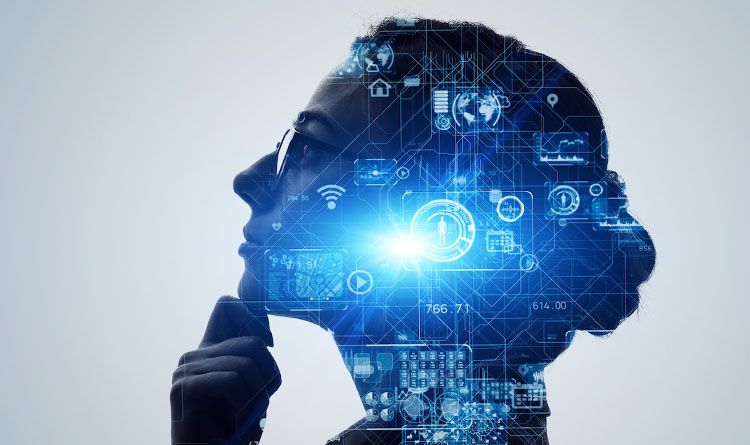
Digital business refers to any business that primarily operates and conducts its activities through digital channels, leveraging digital technologies to create value, deliver products or services, interact with customers, and optimize operations. In a digital business, digital technologies are integral to every aspect of the organization, from customer acquisition and engagement to production, distribution, and beyond.
- Digital Transformation: The process of leveraging digital technologies to fundamentally change business operations, processes, and models to better adapt to evolving market conditions and customer expectations.
- E-commerce: The buying and selling of goods or services over the internet, typically conducted through online platforms or websites.
- Digital Marketing: Promotional activities carried out using digital channels such as websites, social media, email, search engines, and mobile apps to reach and engage with customers.
- Big Data: Large volumes of structured and unstructured data generated from various sources, including customer interactions, social media, sensors, and transaction records. Big data analytics involves processing and analyzing this data to extract valuable insights.
- Cloud Computing: The delivery of computing services (such as storage, processing power, and software) over the internet on a pay-as-you-go basis, enabling organizations to access resources flexibly and scale operations as needed.
- Internet of Things (IoT): The network of interconnected devices (such as sensors, appliances, vehicles, and wearable gadgets) that can collect, exchange, and analyze data, enabling automation, optimization, and new business opportunities.
- Artificial Intelligence (AI): The simulation of human intelligence processes by machines, including tasks such as learning, reasoning, problem-solving, perception, and decision-making. AI technologies include machine learning, natural language processing, computer vision, and robotics.
- Blockchain: A decentralized and distributed ledger technology that records transactions across multiple computers in a secure and transparent manner, enabling trusted and tamper-proof digital transactions without the need for intermediaries.
- Cryptocurrency: Digital or virtual currencies that use cryptographic techniques for secure transactions and operate independently of central banks. Examples include Bitcoin, Ethereum, and Litecoin.
- Cybersecurity: The practice of protecting digital systems, networks, and data from unauthorized access, cyberattacks, and data breaches through the implementation of security measures, protocols, and technologies.
- User Experience (UX): The overall experience and satisfaction of users when interacting with digital products, services, or interfaces. UX design focuses on optimizing usability, accessibility, and pleasure in the user interaction.
- Agile Methodology: An iterative and flexible approach to project management and software development that emphasizes collaboration, adaptability, and continuous improvement in response to changing requirements and feedback.
- API (Application Programming Interface): A set of rules and protocols that allows different software applications to communicate and interact with each other, enabling the integration of data and functionalities across disparate systems.
- SaaS (Software as a Service): A software delivery model where applications are hosted by a third-party provider and accessed by users over the internet on a subscription basis, eliminating the need for on-premises installation and maintenance.
- Digital Disruption: The phenomenon where digital technologies and innovations disrupt traditional industries, business models, and value chains, leading to significant changes in market dynamics and competitive landscapes.
